Himachal Pradesh is renowned for its breathtaking natural beauty, and its lakes are among the most captivating attractions in this mountain state. From high-altitude glacial waters reflecting snow-capped peaks to sacred bodies steeped in mythology, the lakes of Himachal Pradesh offer diverse experiences for travelers. Whether you’re seeking adventure, spiritual connection, or simply a peaceful retreat in nature, these pristine water bodies provide unforgettable destinations.
This comprehensive guide covers 17 of the most stunning lakes across Himachal Pradesh, with practical information about accessibility, best visiting times, and unique features to help plan your perfect Himalayan lake expedition.
Here are Some of the Top Scenic Lakes in Himachal Pradesh
1. Bhrigu Lake
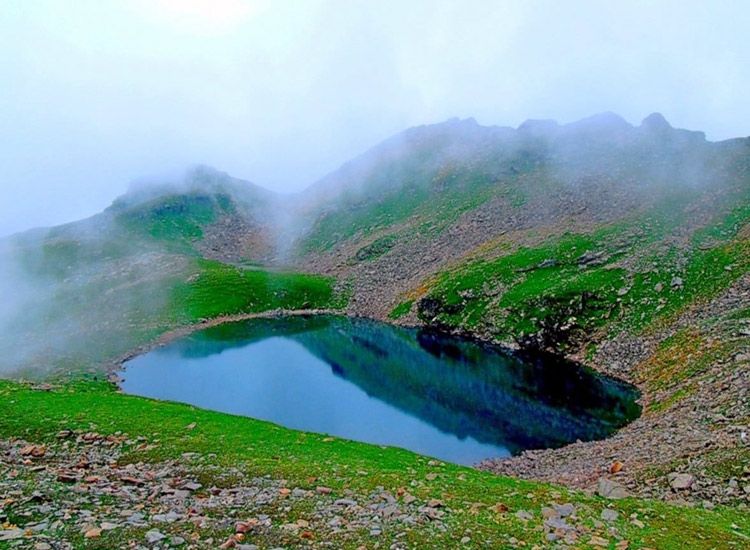
Bhrigu Lake sits at an impressive elevation of 4,235 meters in the Kullu district, approximately 6 km from Gulaba and 22 km from Manali. This alpine lake holds significant spiritual importance as it’s named after Sage Bhrigu, who is said to have meditated here. Hindu mythology states that the sage conducted spiritual practices by the lakeside, imbuing the waters with divine energy.
The moderately difficult trek to Bhrigu Lake (14 km round trip) takes travelers through fragrant forests, verdant meadows, and rocky paths with panoramic views of the Pir Panjal and Dhauladhar ranges. During winter months (November to April), the lake freezes completely, creating a mesmerizing glass-like surface, while summer reveals its emerald-blue waters surrounded by wildflower meadows.
For trekkers, Bhrigu Lake serves as both a destination and a base for further Himalayan expeditions. The well-established campsite by the lake offers spectacular sunrise and sunset views over the surrounding peaks. Bhrigu Lake is justifiably considered one of the top places to visit in Himachal Pradesh.
Best time to visit: May to October (for accessible trekking conditions and flowing water) Difficulty level: Moderate Nearest town: Manali (22 km)
2. Chamera Lake
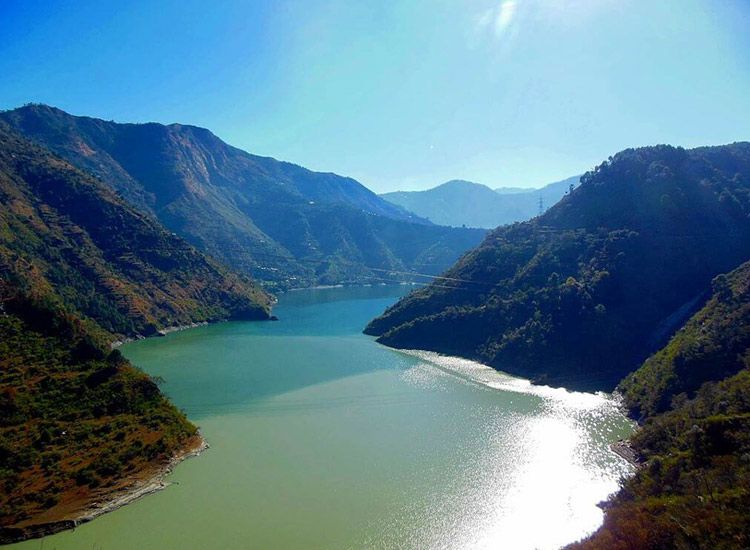
The Chamera Lake is an artificial reservoir created by the Chamera Dam on River Ravi, situated at an altitude of 763 meters near Dalhousie. Unlike many high-altitude Himalayan lakes, Chamera is easily accessible by road, making it perfect for travelers seeking natural beauty without strenuous trekking.
The 9-kilometer-long lake is nestled amidst pine-covered hills and offers spectacular views of the surrounding mountains. Its placid waters reflect the sky and forested slopes, creating constantly changing panoramas throughout the day.
Chamera Lake has become a hub for water sports and recreational activities in the region. Visitors can enjoy:
- Motorboat rides (₹500-700 per boat for 30 minutes)
- Kayaking (₹300 per person)
- Fishing (with permits from the Fisheries Department)
- Picnicking along the shoreline
The lakeside promenade is ideal for leisurely walks, photography, and enjoying the serene atmosphere. Several viewpoints around the lake offer stunning vistas of the water body and its mountainous backdrop.
Best time to visit: March to June (for pleasant weather and clear views) Accessibility: Easily accessible by road from Dalhousie (14 km) and Pathankot (50 km) Activities: Water sports, fishing, photography, picnicking
3. Chandratal Lake
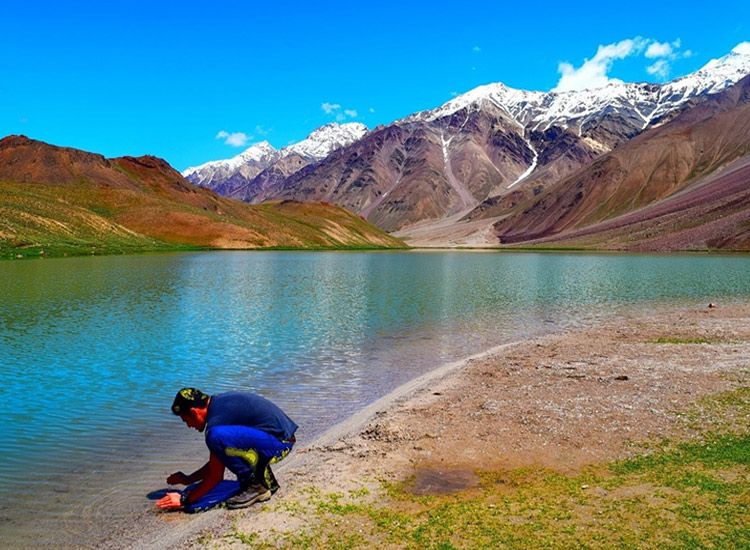
Chandratal Lake, the “Moon Lake,” is a crescent-shaped high-altitude lake situated at 4,300 meters in the Spiti Valley. This azure jewel is nestled between the barren mountains of the Chandra Bhaga range, creating a striking contrast between the deep blue waters and the stark brown landscape.
The lake’s name derives from its distinctive crescent shape and its ethereal beauty under moonlight. According to local legends, the lake is connected to tales from the Mahabharata, where it’s said that Yudhishthira, the eldest Pandava, was tested by Yama (the god of death) at this very spot.
While accessible by road during summer months, reaching Chandratal requires driving on challenging mountain roads:
- From Manali: 140 km via Rohtang Pass and Kunzum Pass (8-9 hours)
- From Kaza: 80 km via Kunzum Pass (4-5 hours)
The final 3 km to the lake is a walking trail from the road head. The reward for this journey is the mesmerizing sight of Chandratal changing colors throughout the day as it reflects the shifting sky. Dawn and dusk are particularly magical times when the lake turns golden and crimson.
Camping near Chandratal (at designated sites approximately 2-3 km from the lake) offers a unique wilderness experience. The night sky here, free from light pollution, presents an extraordinary celestial display.
Best time to visit: Late May to early October (the lake is inaccessible in winter) Permits required: Inner Line Permit for foreign nationals Altitude considerations: Acclimatization is recommended due to the high altitude
Plan your Dalhousie Khajjiar Chamba Dharamshala tour packages
4. Dal Lake
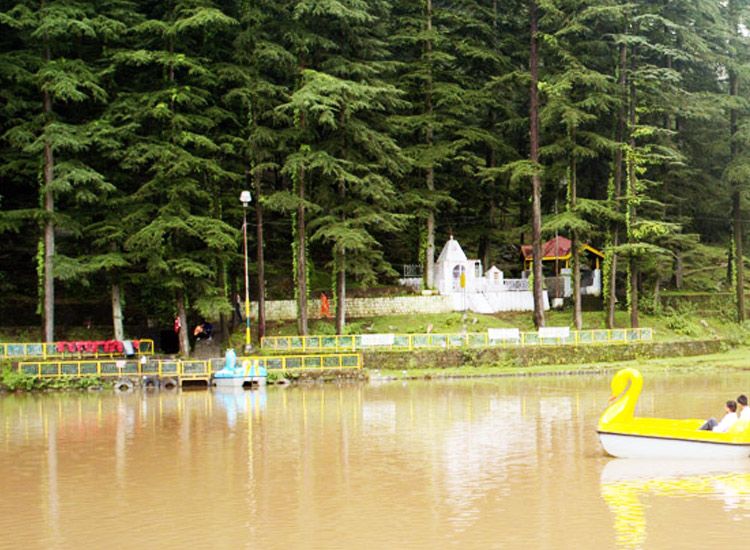
Not to be confused with its more famous namesake in Kashmir, Himachal’s Dal Lake is a small yet picturesque water body located just 3 km from McLeod Ganj in Dharamshala. Surrounded by towering deodar trees and overlooked by the majestic Dhauladhar mountains, this compact lake (measuring approximately 1 km in circumference) holds significant religious importance for locals.
The lake is closely associated with Lord Shiva, and a small temple dedicated to him stands on its shore. Every September, the lake becomes the focal point for a vibrant fair celebrated by the local Gaddi tribe. The fair commemorates a legendary manifestation of Lord Shiva and attracts devotees and cultural enthusiasts alike.
Despite its modest size, the lake offers:
- Peaceful boating opportunities (₹100-150 for a 30-minute ride)
- Scenic walking paths around its perimeter
- Excellent photography spots with reflections of the surrounding forest
- A tranquil escape from the busier areas of Dharamshala
The lake is easily accessible via a short taxi ride from McLeod Ganj or as part of a day hike for those looking to enjoy the surrounding forest trails.
Best time to visit: May to October (September for the cultural fair) Special features: Religious significance, cultural fair, serene environment Accessibility: Easy access via road, no trekking required
5. Dashir Lake

Located near Rohtang Pass, Dashir Lake remains one of Himachal’s less crowded natural treasures. This pristine alpine lake sits at an altitude of approximately 4,250 meters, surrounded by the spectacular peaks of the Pir Panjal Range.
The lake’s extraordinary clarity allows visitors to see straight to its bottom, with the water so transparent it sometimes appears nearly invisible. Local legends attribute healing properties to these crystal-clear waters, with stories of miraculous cures passed down through generations.
Reaching Dashir Lake requires:
- Driving to Marhi (32 km from Manali on the Rohtang Pass road)
- A moderate 6 km trek from Marhi, gaining approximately 800 meters of elevation
The trail passes through wildflower meadows and offers stunning panoramic views. During May-June, the surrounding slopes are carpeted with alpine wildflowers, enhancing the already magnificent setting.
Dashir Lake is an ideal destination for those seeking solitude and natural beauty away from tourist crowds. The peaceful environment makes it perfect for meditation, photography, and simply connecting with nature. Camping is permitted near the lake, though visitors should be prepared for cold nights even in summer.
Best time to visit: May to October (early June for wildflowers) Difficulty level: Moderate trek Special features: Exceptionally clear water, healing folklore, alpine meadows
6. Nako Lake
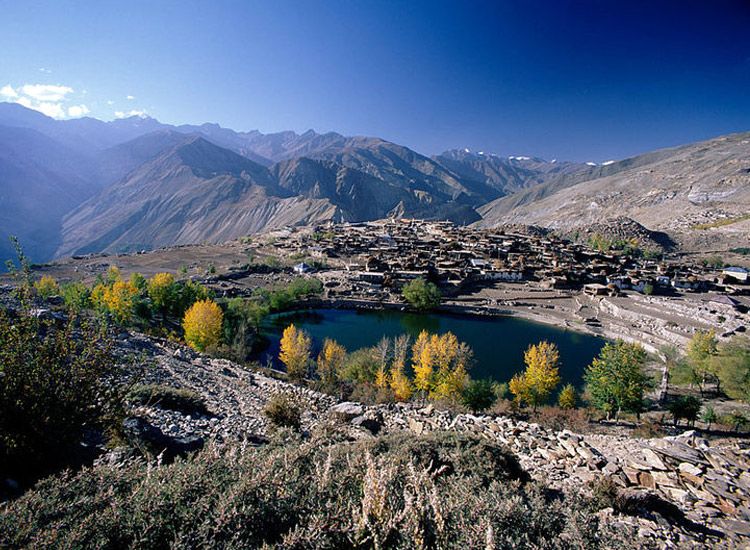
Nako Lake is situated at 3,662 meters above sea level in the remote Kinnaur district, within the tiny traditional village of Nako. This high-altitude lake remains frozen for nearly half the year, transforming into a natural ice skating rink during winter months.
What makes Nako Lake particularly special is its cultural context. The lake is surrounded by four ancient Buddhist temples dating back to the 11th century, creating a spiritual atmosphere. A footprint near the lake is believed to belong to Guru Padmasambhava (Rinpoche), who brought Buddhism to Tibet.
The lake’s setting is dramatic – nestled in a bowl-shaped depression surrounded by poplar and willow trees, with the barren mountains of the India-Tibet border region forming a striking backdrop. The lake’s emerald-green waters provide a stunning contrast to the arid landscape.
Visitors to Nako Lake can:
- Circumambulate the lake following the traditional kora path
- Visit the four surrounding Buddhist temples
- Explore the traditional Kinnauri village with its unique architecture
- Photograph the lake with prayer flags and stupas in the foreground
Reaching Nako requires a journey along the spectacular but challenging Hindustan-Tibet Road. The nearest major town is Kalpa, approximately 112 km away.
Best time to visit: May to October (for accessible roads and unfrozen lake) Cultural significance: Buddhist heritage, ancient temples Special considerations: Inner Line Permit required for some areas beyond Nako
7. Prashar Lake
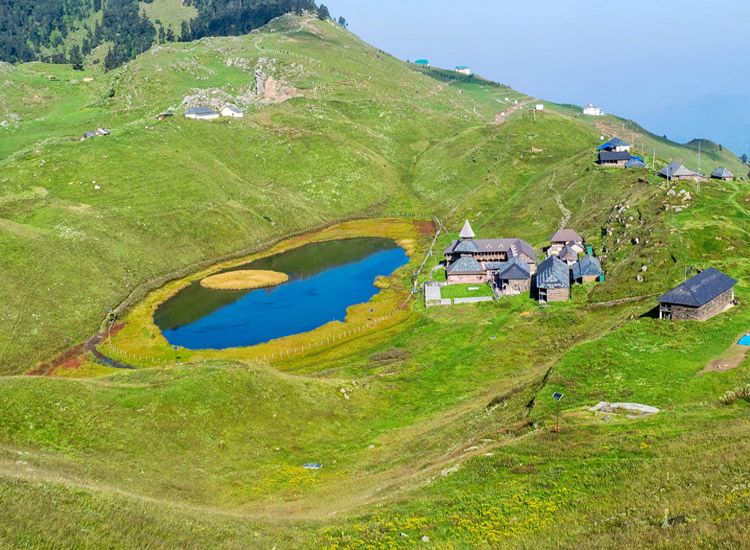
Located at 2,730 meters within the Dhauladhar ranges, Prashar Lake is one of the most distinctive water bodies in Himachal Pradesh and remains one of the popular tourist attractions in Himachal Pradesh.
The lake’s most intriguing feature is a floating island – a small mass of land that constantly changes position within the lake. Local legends claim the island was created by Sage Prashar himself and moves according to his divine will. Scientists attribute the phenomenon to natural causes involving vegetation and gas formation, but the mystery adds to the lake’s allure.
Adjacent to the lake stands a remarkable three-storied pagoda-style temple dedicated to Sage Prashar. Built in the 13th century, this wooden temple showcases intricate carvings and traditional Himachali architecture with its conical roof and elaborate woodwork.
The lake can be reached by:
- A 24 km drive from Mandi town to Baggi village
- A moderate 7 km trek from Baggi village (approximately 3-4 hours)
- Alternative trek routes from Jwalapur or Katasani villages
The journey to Prashar Lake offers panoramic views of the Dhauladhar, Kangra, and Kullu valleys. During winter, the lake area receives significant snowfall, transforming it into a winter wonderland.
Best time to visit: April to July and September to November Trekking difficulty: Easy to moderate Accommodation: Forest Department rest house (booking required), camping permitted in designated areas
8. Renuka Lake

Renuka Lake, located in the Sirmaur district, holds the distinction of being the largest natural lake in Himachal Pradesh. Shaped like a reclining woman, the lake is named after the goddess Renuka, mother of Lord Parashurama, and is deeply intertwined with Hindu mythology.
According to legend, Sage Jamadagni, in a fit of anger, ordered his son Parashurama to behead his mother Renuka. Upon realizing his mistake, the remorseful sage created this lake in her memory, giving it the shape of a sleeping woman. The lake’s distinctive outline is clearly visible from surrounding viewpoints.
Spread over an area of 672 hectares and reaching depths of 13 meters, Renuka Lake supports rich biodiversity. The lake and surrounding reserve forest have been declared a wildlife sanctuary that protects:
- Various deer species including sambhar and barking deer
- Leopards and jungle cats
- Over 250 species of birds
The annual Renuka Fair held in November during Kartik Ekadashi draws thousands of pilgrims and tourists. The week-long celebration features religious ceremonies, cultural performances, and a traditional market.
Visitors can enjoy:
- Boating on the lake (pedal and rowing boats available)
- Wildlife viewing and bird watching
- Visiting the ancient Renuka Temple
- Exploring the mini-zoo within the sanctuary
Best time to visit: Throughout the year (November for the Renuka Fair) Location: 38 km from Nahan town Accessibility: Well-connected by road, no trekking required
9. Rewalsar Lake

The scenic Rewalsar Lake is nestled in Mandi district at an altitude of 1,360 meters. What makes this lake truly remarkable is its religious significance for three major faiths – Hinduism, Buddhism, and Sikhism – making it a rare example of religious harmony.
Also known as Tso Pema (Lotus Lake) in Tibetan Buddhism, Rewalsar holds profound importance in Buddhist history. The great 8th-century Buddhist master Padmasambhava (Guru Rinpoche) is believed to have departed from Rewalsar to Tibet, where he established Vajrayana Buddhism. A magnificent 37.5-meter statue of Padmasambhava overlooks the lake, visible from miles away.
For Hindus, the lake is sacred to the memory of sage Lomas, who meditated here. Three Hindu temples dedicated to Lord Krishna, Lord Shiva, and sage Lomas stand on its shores. Sikhs revere the site for its connection to Guru Gobind Singh, who is said to have visited here.
The lake itself holds several mysteries:
- Floating islands of vegetation that move around the lake
- Unexplained ripples that appear on the otherwise calm surface
- Fish that are considered sacred and are fed by devotees
Beyond religious tourism, visitors can:
- Take a peaceful boat ride on the lake
- Hike to nearby caves where Padmasambhava meditated
- Visit three Buddhist monasteries with excellent paintings and artifacts
- Enjoy panoramic views from the surrounding hills
Best time to visit: March to October Special features: Multi-religious significance, floating islands Accessibility: Well-connected by road, 24 km from Mandi town
Explore more: How to reach Mandi
Discover the Hidden Gems of Himachal with Shimla Kufri Tour Package. Book Now!
10. Serolsar Lake
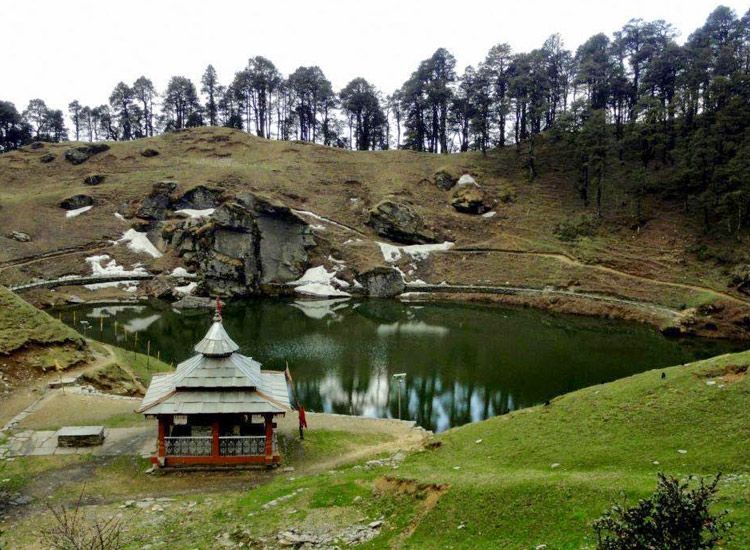
Serolsar Lake is a high-altitude lake nestled at 3,100 meters above sea level near the popular Jalori Pass in Kullu district. This secluded gem remains relatively untouched by mass tourism due to the moderately challenging trek required to reach it.
The journey to Serolsar begins at Jalori Pass (which itself is about 76 km from Kullu). From the pass, a 5 km forest trail winds through some of the most pristine oak, spruce, fir, and deodar forests in the Western Himalayas. The dense woodland path, often carpeted with fallen leaves and dappled in golden sunlight, makes the journey as rewarding as the destination.
The lake is associated with the serpent goddess Budhi Nagin, and a small temple dedicated to her stands on its bank. Local women perform rituals here that involve pouring ghee (clarified butter) into the lake as an offering. According to folklore, the goddess fulfills the wishes of sincere devotees who visit with pure intentions.
The oval-shaped lake spans approximately 1 km in circumference and is surrounded by towering trees and meadows. Its peaceful atmosphere and pristine setting make it ideal for:
- Nature photography, especially early morning when mist rises from the water
- Bird watching, with numerous Himalayan species inhabiting the surrounding forest
- Meditation and spiritual reflection
- Day picnics (camping overnight is discouraged to preserve the lake’s sanctity)
Best time to visit: May to October (June for wildflowers) Trek difficulty: Moderate (5 km one way from Jalori Pass) Special considerations: Visitors are requested to respect local customs and maintain the sanctity of this religious site
11. Suraj Tal Lake
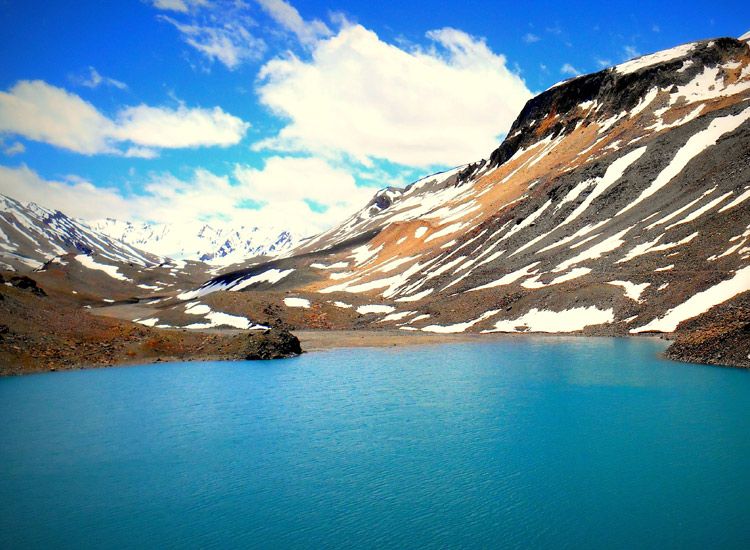
Suraj Tal (Sun Lake) holds the distinction of being the third-highest lake in India and among the highest lakes in the world, perched at a breathtaking altitude of 4,890 meters near the Baralacha Pass. This pristine glacial lake serves as the source of the Bhaga River, which later joins the Chandra River to form the mighty Chenab.
The lake derives its name from the Sun God (Surya), and according to local belief, taking a dip in its frigid waters can cleanse one of sins. However, swimming is extremely dangerous due to the near-freezing temperatures, even in summer.
The landscape surrounding Suraj Tal is otherworldly – barren, rocky mountains in shades of brown, rust, and purple create a stark moonscape devoid of vegetation. The lake itself appears in different hues depending on the time of day and weather conditions, ranging from deep blue to turquoise to emerald green.
Suraj Tal is accessible only during the summer months when the Manali-Leh highway is open. The lake lies just beside the highway, approximately 65 km from Keylong and 100 km from Manali. Despite its roadside location, the extreme altitude means visitors should be properly acclimatized before spending time here.
The lake is particularly popular with:
- Motorcycle enthusiasts doing the legendary Manali-Leh ride
- Landscape photographers capturing its dramatic setting
- Adventure seekers exploring the remote Lahaul-Spiti region
Best time to visit: Late June to September (when the Baralacha Pass is open) Altitude sickness risk: High – proper acclimatization essential Photography tip: Early morning offers the best light and reflections
12. Dhankar Lake

Dhankar Lake is a high-altitude freshwater lake nestled above the ancient Dhankar Monastery and village in the Spiti Valley. Situated at approximately 4,140 meters above sea level, the lake offers some of the most spectacular panoramic views of the Spiti Valley’s lunar-like landscape.
The lake holds spiritual significance for the local Buddhist community and is considered sacred. The water body is fed by melting snow from surrounding peaks and remains crystal clear, reflecting the azure sky and rugged mountains.
Reaching the lake requires a moderately challenging trek:
- Starting point: Dhankar Village (accessible by road from Kaza, 32 km away)
- Trek distance: Approximately 2.5 km one way
- Elevation gain: About 500 meters
- Duration: 45-60 minutes ascending, 30 minutes descending
The trail zigzags up through barren terrain, offering increasingly expansive views of the Spiti Valley below. Trekkers should be well-acclimatized to the altitude before attempting this hike, as the thin air makes even moderate exertion challenging.
Upon reaching the lake, visitors are rewarded with absolute tranquility. The lake’s remote location means it rarely sees crowds, allowing for peaceful contemplation and photography. The contrast between the turquoise waters and the surrounding arid landscape creates striking visual compositions.
Best time to visit: May to September (June-July for optimal weather conditions) Special considerations: Camping is not permitted at the lake as it’s a water source for Dhankar village Cultural note: Visit the 1,200-year-old Dhankar Monastery (a tentative UNESCO World Heritage site) before or after your lake trek
13. Kareri Lake
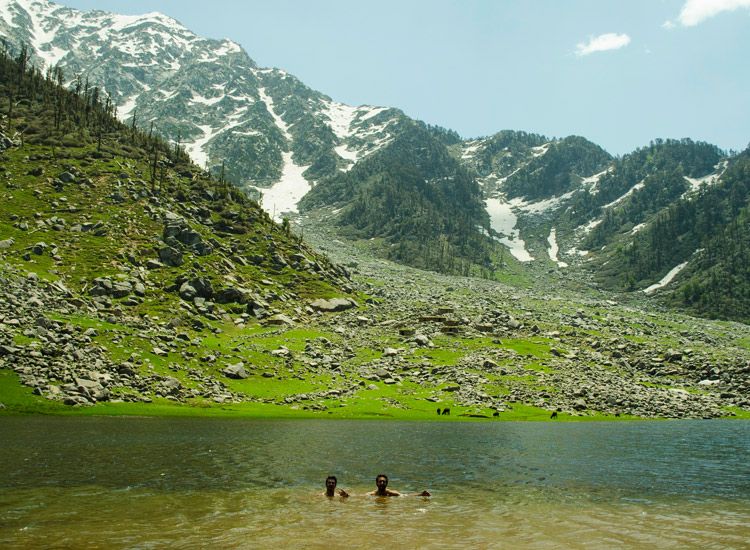
Located near Dharamshala at an altitude of 2,934 meters, Kareri Lake is a shallow, freshwater lake formed by the melting snow from the Dhauladhar mountains. Its relatively accessible location makes it popular for weekend treks from Dharamshala, yet it remains uncrowded enough to offer a genuine wilderness experience.
The trek to Kareri Lake begins from Kareri Village, approximately 27 km from Dharamshala:
- Trail distance: 9 km one way
- Elevation gain:

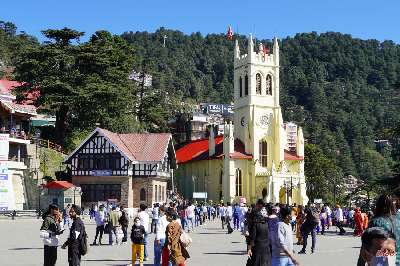 3 Days Tour to Shimla from Delhi
3 Days Tour to Shimla from Delhi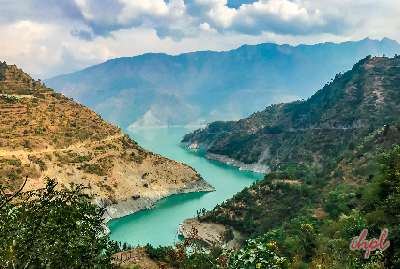 3 days tour to Chamba from Amritsar
3 days tour to Chamba from Amritsar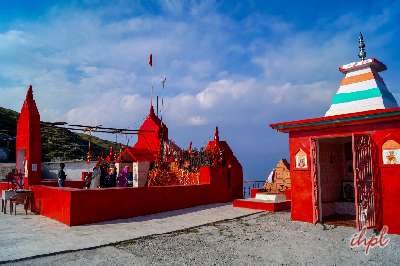 Short Escape to Dalhousie
Short Escape to Dalhousie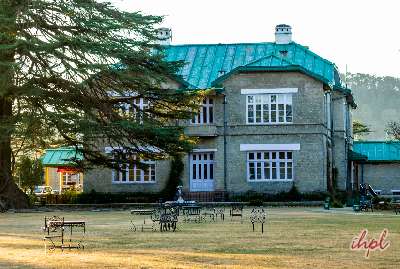 3 Days Tour to Chail
3 Days Tour to Chail 3 Days Tour to Kasauli
3 Days Tour to Kasauli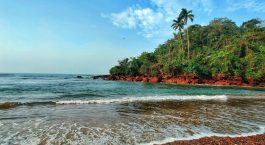
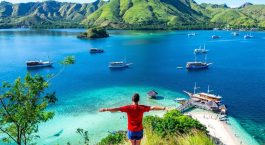
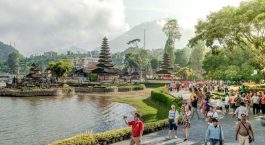
Mantalai Lake missing which is the highest point lake of Himachal Pradesh towards Pin Parvati Pass. (Alt- 5319 m or 17,450 ft. ). One of the beautiful lake and a source of river to Parvati River and Spiti River.
Hey Ayush,
Than you for mentioning Mantalai Lake. We will update the list. Do follow our blogs for more such pots on India travel & tourism.
thanks for this info , but pls let me know if there are any lakes with lotuses in HP pls
ur blog s beautiful with images in there
Hi Kutta
Thank you for showing interest in our blog! Keep on following our blogs for more such informative posts in the future!
Hi Kutta
Thank you for showing interest in our blog! Yes, there are two lotus lakes in HP. One is Rewalsar Lake is also known as the Tso Pema Lotus Lake and the other one is Lotus Lake in Bhali. The Lotus Lake in Bhali is dotted with several blooming lotuses. You can plan your trip to Himachal with us to explore both these lakes by filling the inquiry form: https://www.indianholiday.com/enquiry.html and choosing any of the Himachal tour packages. Also, keep following our blogs for more such informative posts in the future!
oh really , can u please mention which lakes in Hp have lotuses pls , thanks for this info too , if so let me see ur images ,i am at 60 years , i will see tru ur camera eyes , ha ha
Hi Kutta
Thank you for showing interest in our blog! There are two lotus lakes in HP. One is Rewalsar Lake is also known as the Tso Pema Lotus Lake and the other one is Lotus Lake in Bhali. The Lotus Lake in Bhali is dotted with several blooming lotuses. You can plan your trip to Himachal with us to explore both these lakes by filling the inquiry form: https://www.indianholiday.com/enquiry.html. Our travel experts will take good care of you! Also, keep following our blogs for more such informative posts in the future!
any lakes with lotuses ? pls mention their names and share their images for me ,dhar , tq
Hi Kutta
Thank you for showing interest in our blog! Yes, there are two lotus lakes in HP. One is Rewalsar Lake is also known as the Tso Pema Lotus Lake and the other one is Lotus Lake in Bhali. The Lotus Lake in Bhali is dotted with several blooming lotuses. You can plan your trip to Himachal with us to explore both these lakes by filling the inquiry form:https://www.indianholiday.com/enquiry.html and choosing any of the Himachal tour packages. Also, keep following our blogs for more such informative posts in the future!
Great article …and all the lakes are just incredibly beautiful ..soon hope to explore all these places.Thank you so much for this awesome article.
Hey Gaurav,
Happy to be help. Hope to hear about your visit to the lakes. Do follow our blog for more interesting pots on India travel & tourism.
gaurav had u been to any lotus lakes in HP ?let me know please and share ur images for us pls
Hi Kutta
Thank you for showing interest in our blog! There are two lotus lakes in HP. One is Rewalsar Lake is also known as the Tso Pema Lotus Lake and the other one is Lotus Lake in Bhali. You can plan your trip to Himachal with us to explore both these lakes by filling the inquiry form: https://www.indianholiday.com/enquiry.html. Also, keep following our blogs for more such informative posts in the future!
Hi Debashree,
Awesome collection of Lakes to visit in Himachal Prodesh. I’ll try my best to visit Chamera, Chandratal, Dashir and Nako lake during my next India visit.
Thanks for sharing the awesome collection with amazing photos.
Hey Arefa,
Thank you for your kind words. All the best for your visit to the lakes. Hope to hear about your experiences. Keep following us for India tours.
You are an amazing blogger, I have not yet seen some lakes, even though staying in India.
Hey Barsha,
Thanks for reading. yes, many lakes in Himachal Pradesh are hardly known or traveled to. I hope you plan your visit to some of these lakes soon. Keep following us for more information on travels in India.
Beautiful article and photograph, really colorful and interesting blog.
Hey Alisha,
Thank you for your kind words. You can follow our blog for all information on tours in India.